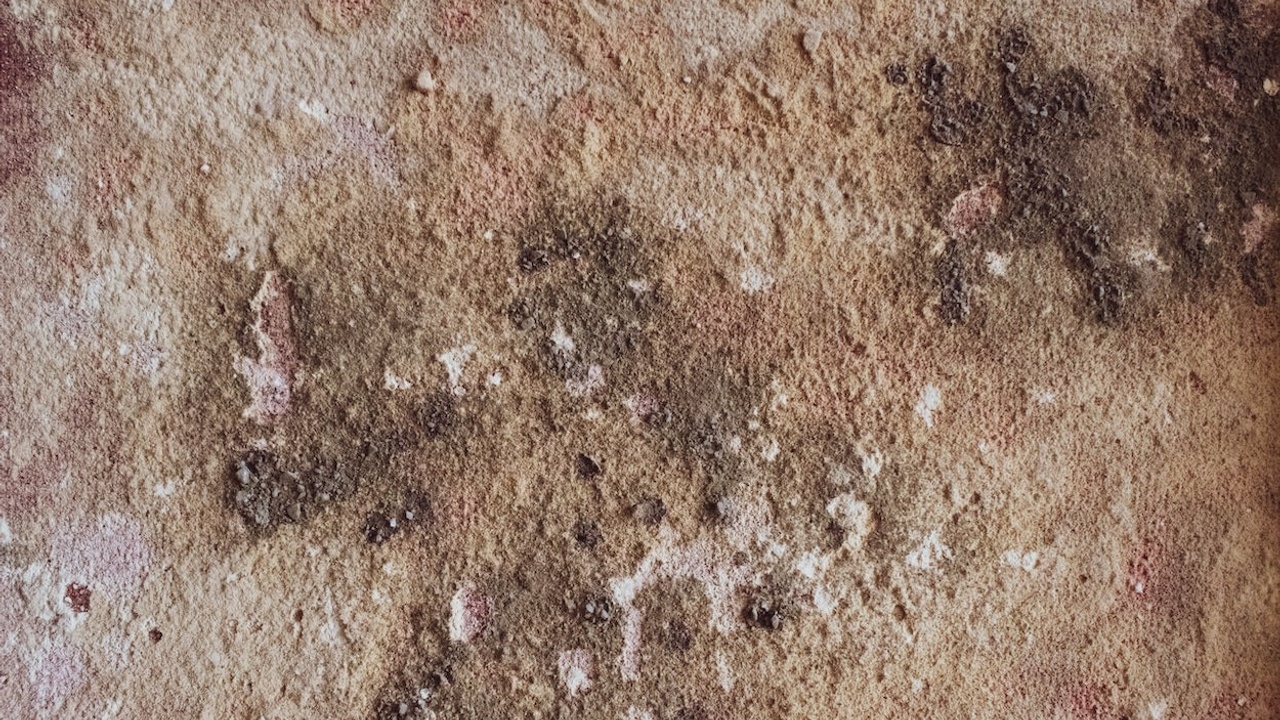6 Steps to the Mold Removal and Remediation Process
Sep 12, 2022
A tightness in your chest, a frog in your throat, or maybe it’s your eyes that are itching like crazy. Of the many issues your home or business could be subject to, mold is the invisible predator at the top of the list.
It's dangerous, hard to pinpoint, and often goes unnoticed for long periods of time. So long, that the first signs of mold growth may be illness and respiratory-related issues. With the right education and mold inspection pointers, you can understand and perfect the mold removal and remediation process.
Why is it important to remove and remediate mold?
Any building that we spend our time in, especially at work or at home, is a protected space that shelters us from the outside world. It’s where we go to rest, laugh, and build community with one another. We place trust in the structure of the building, and even still, mold moves at its own pace, with its own agenda.
Who can be affected by the presence of mold?
Mold remediation and removal are essential for every person's health and wellness. And it’s impossible without the proper tools and education. Those who already struggle with allergies may experience a higher sensitivity to mold. Anyone who is immunocompromised might find themselves struggling with respiratory or allergy-like symptoms.
Mold exposure affects everybody’s biology differently. With children, for example, early mold exposure can turn into asthma development later on. While there are plenty of healthy bacteria that play a huge role in our immune systems, mold is a fungus that has no place in our personal space.
Why mold remediation specialists are important
Mold remediation specialists exist to determine whether or not a space is safe to work and live in. They can discover and locate mold that is often hidden in your home or building.
Remediators use tools to detect water damage, quarantine mold spores, assess the quality of the air, and even inspect areas that are typically out of reach. Remediation specialists can also safely remove the mold once identified, and work quickly to prevent it from occurring again.
Proper steps to mold remediation and removal
Any successful eradication of mold begins with following a specific set of guidelines to ensure the safety of all persons involved, yourself included.
1) Test and locate all mold
Mold can be incredibly elusive, and the first step to mold remediation and removal is to locate it. Discovering the mold origin can tell you more about how it came to be, what type you’re working with, and how big of a problem you’re dealing with.
Educating yourself on exactly what to look for isn’t something you can haphazardly put together through a Wiki “how to”, but learning from a comprehensive resource such as NIAQI can set you up for success.
2) Identify the causes of mold growth
After you’ve located and tested the mold inside the building, it’s time to start determining the cause of mold growth. It could be a combination of poor insulation, drywall, and excessive moisture working together to create mold spores.
3) Containment of the area
After identifying what caused the mold growth, containment of the area is the next course of action. Containing the area and subsequent mold spores helps to stop the spread of dangerous molds, keeping your home or office air as pure as it should be.
4) Air filtration
Air filtration is essential during mold remediation. In fact, using an air purifier can trap mold spores and improve the air quality inside your home or building. Installing a regular air purification system that runs daily is just one of the preventative measures many mold informed people choose to implement. The dirty air filters speak for themselves.
5) Cleanup and removal
Once the affected area has been contained, and air purification has been addressed, cleanup and removal are next on the docket. The cleanup and removal process requires a meticulous eye and careful attention regarding your surroundings. The easiest mistake to make is going in blind. And without the proper knowledge and understanding of how to contain and remove mold safely, you may end up making matters worse.
6) Replacement of unsalvageable material and furniture
After it’s all said and done, it may be time to replace those materials or furniture that are no longer salvageable due to the level of mold exposure. In these cases, it’s best to allow a team of trained professionals to guide you on proper disposal and best practices for large furniture or materials. And with the right knowledge and experience, that trained professional could be you.
Interested in mold removal and remediation? Attend NIAQI’s next course session
Avoiding health issues like allergic reactions and respiratory illness doesn’t have to be an impossible, uphill battle. Attending NIAQI’s next course session can set your team up for long term success in keeping a sterile indoor environment, warding off the possibility of mold growth, and eliminating it if it should arise. To check out our next course session, head over to our website. We cannot wait to help you feel more equipped to navigate mold removal as a brand-new business, or returning licensee!
Get mold industry news and updates from NIAQI.
Join our mailing list to receive the latest news and updates from our expert mold instructors.
Don't worry, your information will not be shared.
We hate SPAM. We will never sell your information, for any reason.


